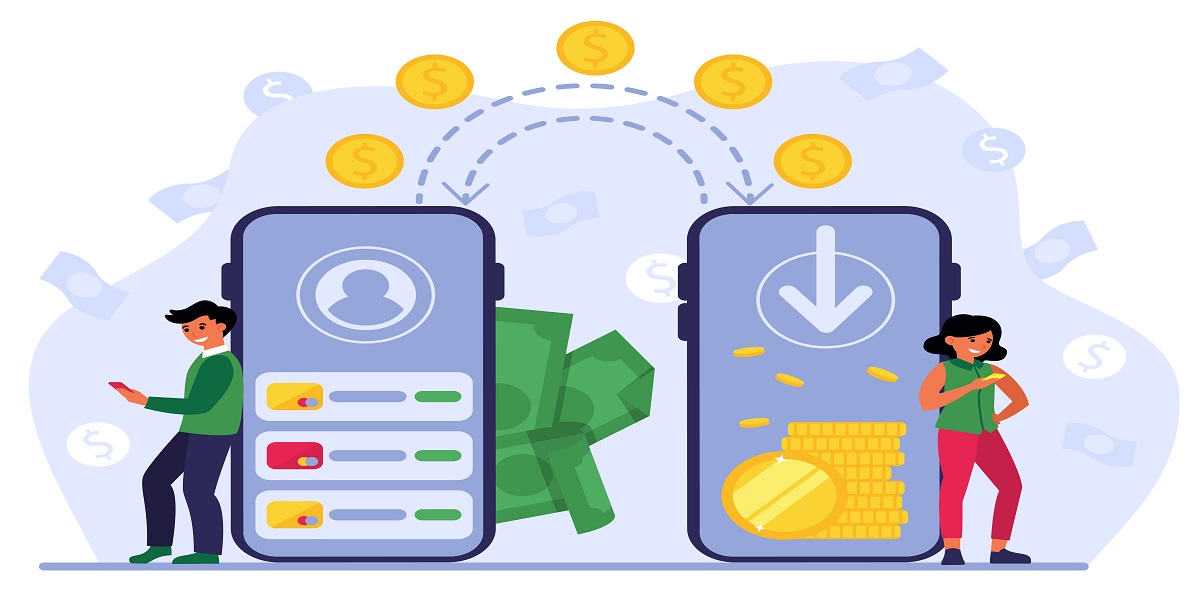Metaverse App Development: 5 key technologies to Use
- By Sayan Chakraborty
- 16-02-2023
- Virtual Reality
.jpg)
One of mankind's age-old dreams has been to experience the subliminal, non-existent fantasy form and supersede their physicial, logical, and altruistic capabilities. This thirst for a better alternative drove us to develop the new-age internet iteration, popularly known as the metaverse.
As such, the metaverse is nothing but a virtual world where the virtual and real can coexist. In recent times, the concept has gained a lot of traction. Individuals, communities, and organizations are on the verge of hyper-adoption of the metaverse and are readily jumping in.
This garners a lot of potential from a business perspective, and given the ever-evolving landscape of Blockchain, Web3 facilitates tremendous opportunities to generate profits, and also start business in the metaverse. In this blog, we will pinpoint the five key technologies essentially used to develop apps, software, and solutions on the metaverse and why you should also adopt these technologies.
Virtual Reality (VR)
In essence, virtual reality was invented to simply facilitate us with "virtual" projections of "real" world scenarios and activities. The concept became much more popular due to movies and video games. It was slowly adopted in a whole lot of other industrial domains, such as medicine, education, and IT, to better aid immersive excitement and engagement while conducting certain activities.
VR technology forms the backbone of the metaverse. It is extremely essential because it enables users to fully immerse themselves in a digital environment, interact with it naturally and intuitively, and socialize with other users.
Without VR technology, the metaverse would be a less believable and engaging place, and it would not be able to fully realize its potential as a digital realm for social interaction and entertainment.
Augmented Reality (AR)
A sister tech of VR, augmented reality, was developed to place better augmentations of virtual world objects, characters, designs, and experiences in the real world. This enabled much better experiences for users as they now had the ability to align the superficial in their daily parts.
A great example of this would be Pokemon Go, the game based on the famous cartoon series of the same name. Through this app, users could use their cameras and view actual streets and avenues and hunt for Pokemons. These Pokemons, designed to exist virtually, would run upon the same roads, pavements, and local yards similar to the players, providing an anonymous feeling of coexistence between the users and these digital avatars.
Much alike, AR is used in Metaverse platforms and metaverse-based apps to help transduce virtual portrayals into the physical world, helping achieve extraordinary immersive experiences and bridging the gap between the digital and the physical universe.
You can use both AR and VR to power your Metaverse application and gain exponential digital traction, revenue, and community of users. For example, you can create your own e-commerce store in the metaverse. Along with using VR tech to design and develop the platform, AR tech can project those same VR elements, developments, and collectibles in the real world.
Artificial Intelligence (AI)
As some suggest, AI, the culmination of deep learning, machine learning, and data science, is undoubtedly the future. Imagine AI as Neo from The Matrix. It is an intelligence tech developed artificially that surpasses all human logical capabilities. Technically, AI has no limitations, and the ideal AI made, can handle all “artificial” or human tasks.
AI can help automate, streamline and self-execute many tasks from your metaverse world, which otherwise might feel like a hassle. You can use AI to build your custom chatbot, make a digital twin creation application that can process user images to form a replica, automate information handling on your platform, and many things else.
Internet of Things (IoT)
IoT technology enables enhanced connectivity and the formation of all-comprehensive ecosystems through accelerated interoperability. You can access your Metaverse options, features, and customizations directly from any of your electronic gadgets.
You can also integrate your wearable devices with your metaverse app or platform and customize functionalities to earn rewards. The entire play-to-earn and move-to-earn concepts prevalent today are based upon advanced IoT optimizations.
Blockchain
The key technology that helped translate the Metaverse concept into reality. Blockchain revved the paradigm shift of the conventional web2 to web3, gave birth to NFTs, made decentralization achievable, and finally steered disruption within the internet worldwide.
Blockchain facilitates seamless coding of Metaverses. It helps build the ledger system that stores all transactions between users and the platform, ensuring that all transactions are immutable and secure. It enables the development of trustless, decentralized applications that help interaction between users without having to rely on a centralized third party. Finally, it helps conjoint crypto and digital assets with the metaverse apps and platforms, allowing greater engagement, operability, and growth of the web3 enthusiast community.
Conclusion
These combined technologies can form the driving force to help you in metaverse app development. And with the pace at which each of these facets are developing, it can be undoubtedly claimed that the future of the metaverse is a bright one!





